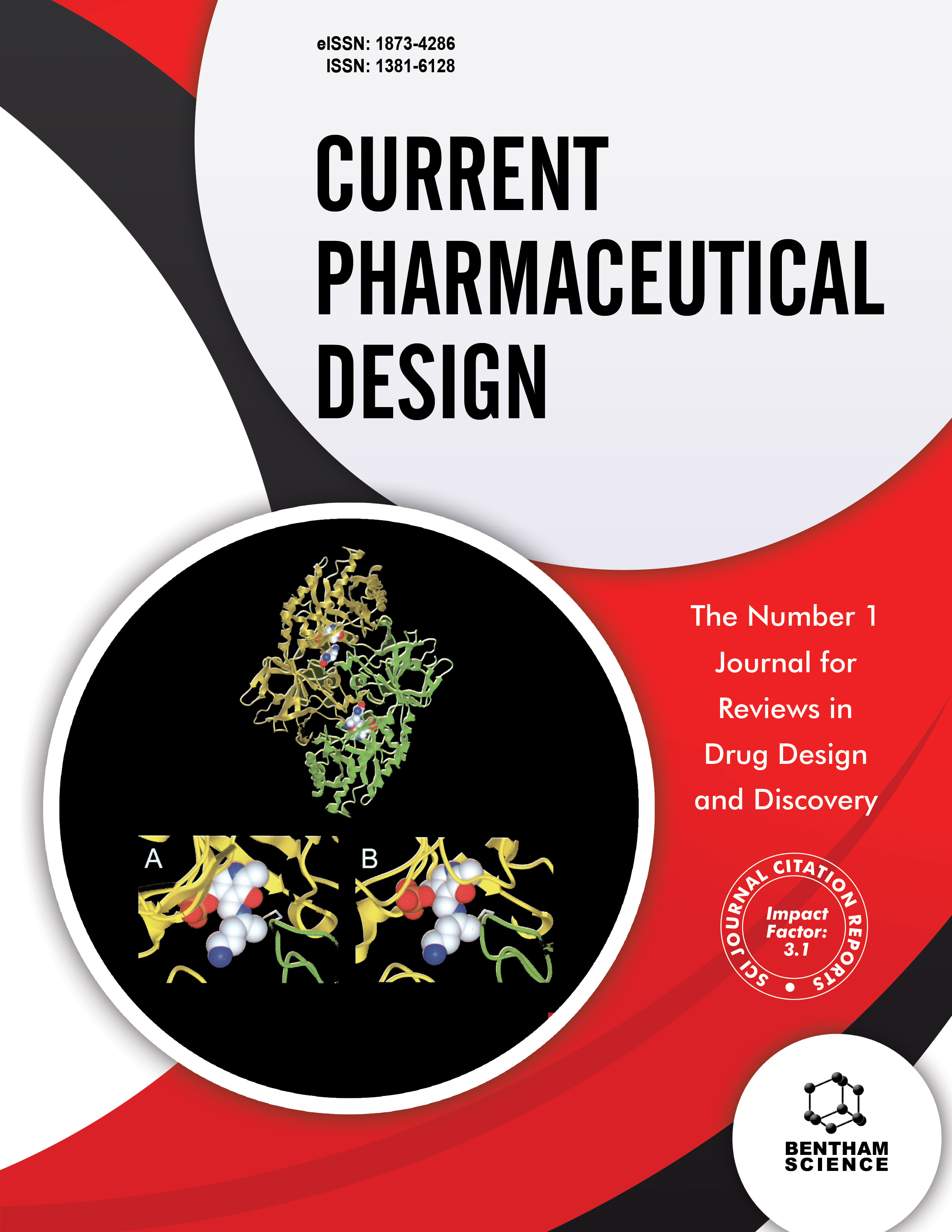-
oa Editorial [Hot Topic: Animal Models for Neurodegenerative Diseases Associated to Accumulation of Misfolded Protein Aggregates (Executive Guest Editor: Claudio Soto)]
- Source: Current Pharmaceutical Design, Volume 18, Issue 8, Mar 2012, p. 1107 - 1107
-
- 01 Mar 2012
Abstract
Neurodegenerative diseases are some of the most fearsome illnesses, which include common disorders such as Alzheimer's and Parkinson's, and other rarer as Hungtinton's disease, spinocerebellar ataxia, prion diseases, and amyotrophic lateral sclerosis. In spite of the diversity in clinical manifestation, neurodegenerative disorders share some common features such as their appearance late in life, the progressive and chronic nature of the disease, the extensive neuronal loss and synaptic abnormalities and the presence of cerebral deposits of misfolded protein aggregates. Research over the past 10 years has provided evidence for a common mechanism of neurodegeneration in which the critical event is the misfolding, aggregation and accumulation in the brain of otherwise normal proteins [1]. These deposits are a typical disease signature and although in each disease the main protein component is different, they have similar morphological, structural and staining characteristics. One of the most active research areas that has contributed substantially to our current understanding of the molecular basis ofneurodegenerative diseases is the creation and development of diverse animal models to study them. The main goal of this special issue of Current Pharmaceutical Design is to summarize some of the key animal models and their important contributions for the study of neurodegenerative diseases. The first article by Rincon-Limas and colleagues [2] describe the importance of Drosophila melanogaster to model various aspects of neurodegenerative diseases, summarizing the many articles published using transgenic fly models of diverse neurodegenerative diseases. They also discuss the strengths and weaknesses of the use of flies to study human diseases. The article by Morley and colleagues [3] describes the senescence accelerated mouse to model various aspects of neurodegenerative diseases associated with aging, in particular Alzheimer&apos ;s disease. This article outlines the characteristics of the various senescence accelerated mice and discusses in detail the SAMP8 mice as a putative model for Alzheimer's disease. The article by Kitazawa and colleagues [4] provides a comprehensive overview of the manytransgenic mice models of Alzheimer's disease and the critical role these animals have played on understanding diverse aspects of the disease. They also discuss the limitations of transgenic mice and their importance for identification and testing of novel therapeutic approaches. The article by Moreno-Gonzalez and Soto [5] outlines the potential of studying the natural appearance of disease characteristics and processes in non-transgenic animals as a consequence of aging. The article summarizes many studies in which neuropathological abnormalities reminiscent of those observed in various neurodegenerative diseases have been reported to occur spontaneously in various non-human mammals. Finally, the article by Heuer and colleagues [6] describes the importance of primates as perhaps the closest model for the disease in humans. The overall conclusion of these articles is that animal models have played and will continue playing a crucial role to understand the pathogenesis of neurodegenerative diseases. Understanding the potential, strengths and weaknesses of each of these models is important to decide which model system provides the best advantage for specific studies. I hope this special issue will contribute to advance the science in the field of neurodegenerative diseases where effective treatments are still much needed. REFERENCES [1] Soto C. Unfolding the role of protein misfolding in neurodegenerative diseases. Nature Rev Neurosci 2003; 4: 49-60. [2] Rincon-Limas D, Jensen K, Fernandez-Funez P. Drosophila models of proteinopathies: the little fly that could. Curr Pharm Des 2012; 18(8): 1108-22. [3] Morley JE, Farr SA, Kumar VB, Armbrecht HJ. The SAMP8 mouse: A model to develop therapeutic interventions for Alzheimer's disease. Curr Pharm Des 2012; 18(8): 1123-30. [4] Kitazawa M, Medeiros R, LaFerla FM. Transgenic mouse models of Alzheimer disease: Developing a better model as a tool for therapeutic interventions. Curr Pharm Des 2012; 18(8): 1131-47. [5] Moreno-Gonzalez I, Soto C. Natural animal models of neurodegenerative protein misfolding diseases. Curr Pharm Des 2012; 18(8): 1148-58. [6] Heuer E, Rosen RF, Cintron A, Walker LC. Nonhuman primate models of alzheimer-like cerebral proteopathy. Curr Pharm Des 2012; 18(8): 1159-69.


